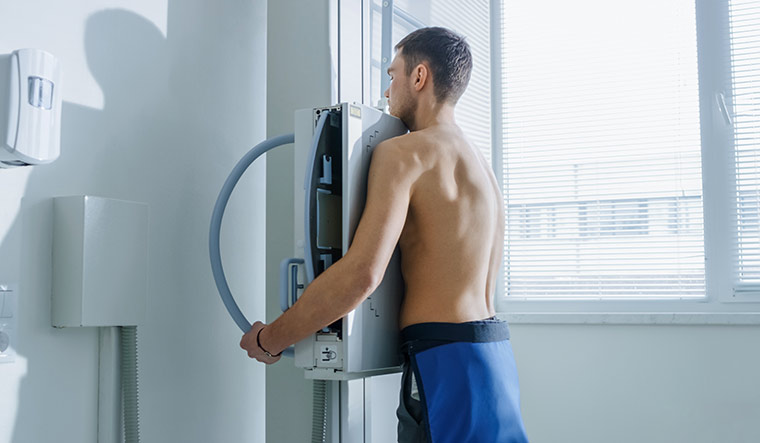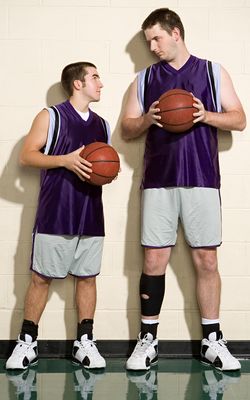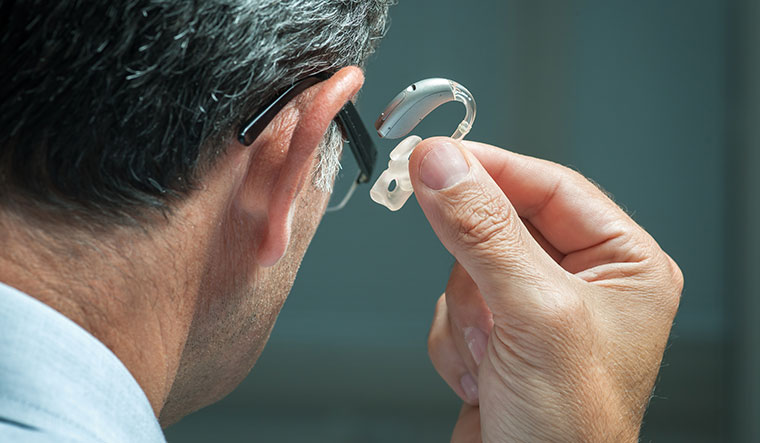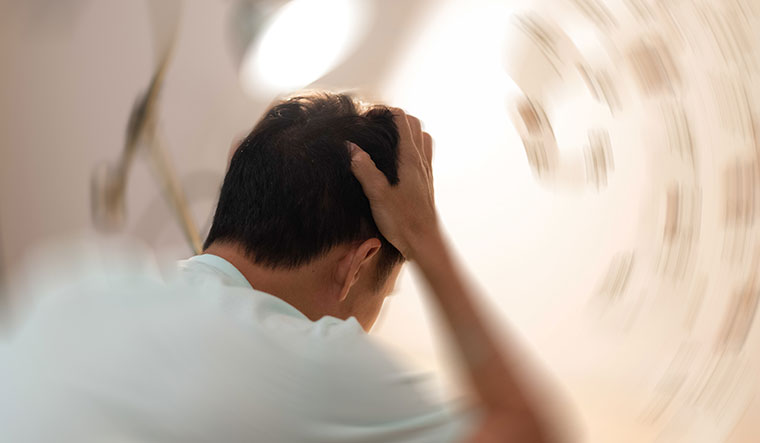What children drink in early childhood can impact their health and determine their choices throughout life. With so many products in the market, it can be confusing for parents.
Four key national health and nutrition organisations in the US have come together to issue a comprehensive guideline for beverage consumption for children from birth to age five. Here are the highlights:
0-6 months: Babies need only breast milk or infant formula.
6-12 months: In addition to breast milk or formula, babies can be given few sips of water once they are started on solid foods. Fruit juice should be avoided. Even 100 per cent fruit juice does not provide any nutritional benefits compared to whole fruit.
1-2 years: Introduce cow’s milk (whole) and add more water to your child's diet. Small amounts of 100 per cent fruit juice can be given. But small pieces of whole fruit is healthier.
2-5 years: Continue with milk and water, but switch to skim or low-fat milk. Stick to small amounts of 100 per cent fruit juice.
The committee does not recommend plant-based milk products, such as soy, almond, rice and oats, unless the child is allergic to cow’s milk or is lactose intolerant. Plant-based milk products lack essential nutrients such as vitamin D and calcium. Any drink with caffeine as well as all flavoured milk and all sugary beverages should be avoided.
Naps are good for heart
Taking naps could be good for your heart health. According to a Swiss study published in the journal Heart, adults who took a daytime nap once or twice a week had a lower risk of cardiovascular events, including heart attack, stroke and heart failure.
The study included 3,462 Swiss adults aged 35 to 75, who provided information about their sleep habits, and were followed for 5.3 years. More than half of the participants had not napped during the previous week of the study. And 155 fatal and non-fatal cardiovascular events occurred during the follow up.
Those who napped occasionally were almost 50 per cent less likely to suffer a heart attack, stroke or heart failure compared to those who did not nap at all.
No association was seen with more frequent napping or duration of napping. Occasional naps could relieve stress due to inadequate nighttime sleep and promote cardiovascular health.
Did you know?
People who drink tea regularly have better organised brain regions, suggesting that habitual tea drinking can protect against age-related decline in brain structure and cognitive function.
Aging
Breast cancer screening for men
Men at high risk of breast cancer may benefit from mammography screening, according to a US study published in the journal Radiology. Though rare, breast cancer is often deadly in men because it is often diagnosed at a more advanced stage.
To analyse how breast imaging affects disease outcomes, the researchers examined the records of 1,869 men, aged between 18 and 96, who underwent mammography, over a 12-year period. Of the 2,304 breast lesions detected during screening, 149 were biopsied. Of those, 41 (27.5 per cent) were malignant.
The study found that mammography was more effective at detecting cancer in high risk men than in women with average risk of breast cancer. For every 1,000 exams in high risk men, 18 had breast cancer. But the detection rate was 3 to 5 for every 1,000 exams in average risk women.
Men who already had breast cancer had an 84 times greater risk of getting it again. Men with a first degree relative, such as a sister or mother, with breast cancer had a three times greater risk of getting the disease.
Reverse-balding cap
Engineers at the University of Wisconsin, USA, have developed a low-cost, noninvasive device that can regrow hair. The electric patch can be discreetly worn under a baseball cap. It is powered by the movement of the wearer. It gathers energy from a person’s day-to-day movements and then transmits low-frequency electric pulses to the scalp, which causes dormant follicles to reactivate hair production.
The device is most suitable for people who have recently lost hair and is not effective for people who have been bald for several years. It only reactivates hair follicles that are dormant and does not cause new hair follicles to grow on smooth skin.
The device does not have any side effects. Since the electric pulses are so low, they will not penetrate beyond the very outermost layers of the scalp. When tested on mice, the device was as effective as baldness medicines. The researchers are starting human testing soon. The findings are detailed in the journal ACS Nano.
Height and diabetes
Taller people have a lower risk of developing type 2 diabetes, finds a German study published in the journal Diabetologia. The study included 2,500 adults who were part of a larger study that comprised 26,437 people aged between 35 and 65.
About 800 of these participants developed type 2 diabetes during seven years of follow up. Every 10 centimeter (4-inch) increase in a person's height was associated with a 41 per cent lower risk of developing type 2 diabetes for men and a 33 per cent lower risk for women.
So how does height influence diabetes risk? According to the researchers, shorter people may have higher levels of liver fat. They are also more likely to have other cardio-metabolic risk factors such as higher blood pressure, cholesterol and inflammation.
Interventions to reduce liver fat may help reduce the risk of diabetes in shorter people, the study authors suggested.
Did you know?
Taking a hot bath or shower in water of 40-42.5°C for about 90 minutes before bedtime can significantly improve sleep quality and help you fall asleep faster.
Sleep Medicine Reviews
Empty-stomach decisions
People should avoid making important decisions on an empty stomach, according to a Scottish study published in the Psychonomic Bulletin & Review. Fifty participants were offered three different types of rewards (food, money and music downloads) twice—once they had eaten normally and once after they had fasted for 10 hours.
They had the option to receive a small reward immediately or wait for a bigger one later. People preferred the smaller rewards rather than larger ones that would arrive later even for choices unrelated to food. When offered a reward now or the choice to double that reward later, most were willing to wait for 35 days to double the reward, but when hungry this dropped to only 3 days.
The study suggest: “A reluctance to defer gratification may carry over into other kinds of decisions. It is important that people know that hunger might affect their preferences in ways they don't necessarily predict.”
Aided by hearing aids
Using hearing aids soon after a diagnosis of hearing loss can lower the risk of dementia, depression or anxiety, and fall-related injuries. The cost and stigma often deter most people with a diagnosis of hearing loss from get hearing aids.
To find out how hearing devices can lower those risks, US researchers analysed data from 1,14,862 people 66 years and older with hearing loss. They looked at the health records of the participants from one year before their diagnosis to three years afterward.
Only 12 per cent of those with a diagnosis of hearing loss actually get the devices. Men were more likely to get a hearing aid than women (13.3 per cent vs 11.3 per cent).
Those who wore a hearing aid reduced the relative risk of being diagnosed with dementia by 18 per cent. They also had an 11 per cent lower risk of being diagnosed with depression or anxiety and a 13 per cent lower risk of being treated for fall-related injuries. The findings were published in the Journal of American Geriatrics Society.
Did you know?
One person dies from suicide every 40 seconds. It is the second leading cause of death among young people aged 15-29, after road injury.
WHO
Killer silent strokes
Silent (covert) strokes are common in seniors after an elective, non-cardiac surgery, which can double their risk of cognitive decline within a year. While an overt stroke causes symptoms such as weakness or speech problems, a covert stroke does not have any symptoms and can be seen only on brain scans.
Canadian researchers looked at the incidence and impact of silent strokes in 1,114 seniors from 12 centres around the world. All the patients had an MRI scan within nine days of their surgery. The study found that a covert stroke is more common than overt strokes in people aged 65 or older who have major, non-cardiac surgery.
One in 14 people had a silent stroke, suggesting that about three million seniors globally suffer a covert stroke after surgery each year.
The researchers found that those who had a silent stroke after surgery were more likely to experience cognitive decline, perioperative delirium, overt stroke or transient ischemic attack. The findings were published in The Lancet.
CONTRIBUTOR: SHYLA JOVITHA ABRAHAM







